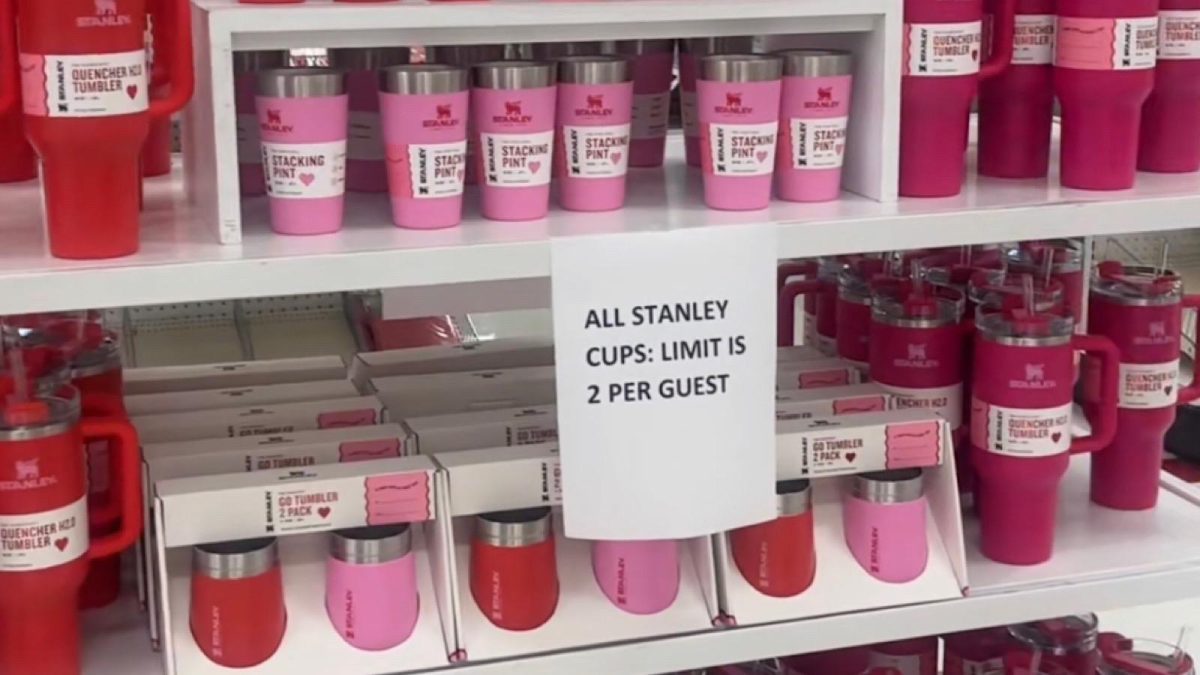In the land of opportunity, where consumerism prevails, overconsumption has become deeply embedded in American society. From excessive spending habits, to accumulating unnecessary items, individuals often seek material possessions as symbols of status. The obsession with aesthetics is just one of many examples. One particularly puzzling example of this trend is the sudden surge in people buying, and even stealing Stanley brand cups, which has transformed them into coveted trophies of excess.
“There’s this social pressure to get one, in some ways. It’s also just very profitable for the company, and the economy. . .it is this cycle that will continue,” Junior Joanna Bertenshaw said.
The Stanley cup fad primarily centers around the appeal of owning a perceived ‘luxury’ item. Stanley brand cups are typically made from stainless steel, marketed for their durability and perceived exclusivity. Alongside this, the popularity of the Stanley cup in online spaces like TikTok has amplified its recognition and desirability among consumers. Especially after one video went viral of a woman whose car caught on fire, but her Stanley still had ice inside. Stanley also had a good reputation with the blue collar workers in America, as Stanley had produced amazing thermaces.
The obsession with Stanley brand cups illustrates the prevalent culture of status symbol consumption in America. Owning one or displaying it prominently somehow grants a sense of superiority and status, regardless of its actual value or purpose. This notion is a classic characteristic of overconsumption, as individuals focus on acquiring more possessions to impress others, without considering the true value, or need for these items. It is also something that anyone of any class can own, making it even more popular among the masses. The constant demand for new items and disregard for the lifecycle of products exacerbates environmental issues, such as waste generation and resource depletion. The cup is reusable, yet so many treat it as if it is not.
The Stanley cup fad has even taken a darker turn, with instances of theft and hoarding becoming increasingly prevalent. People, driven by the allure of owning numerous Stanleys, have resorted to stealing them from establishments, as well as engaging in aggressive online bidding wars. Some even found Facebook marketplace posts for pictures with the Stanley cup for $20. Pictures; not the actual cup.
This popular cup also has made its way into the middle schools, and bullying is more prevalent than ever. Even off-brands are being mocked. The Stanley cup fad serves as a stark reminder of the overconsumption epidemic in America. The pursuit of material possessions as a symbol of status has led to irrational behaviors, including the excessive buying and theft of Stanley cups. This trend highlights the need for a shift in societal values, to prioritize sustainability over disposable consumerism. By recognizing the negative implications of overconsumption, we can collectively strive for a more mindful and responsible approach to consumption.







